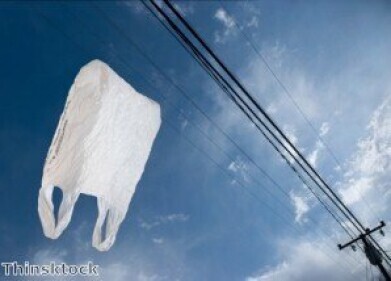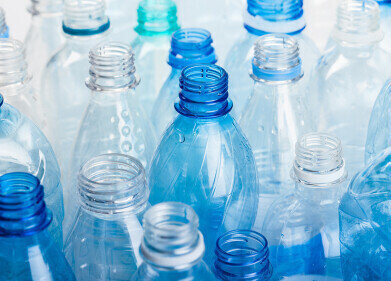Waste Management
How Much Waste Has COVID Created?
Feb 07 2021
In a bid to curb the spread of COVID-19, there has been a sharp upturn in the production and consumption of personal protective equipment (PPE) over the last 12 months. Unfortunately, one of the more concerning environmental implications of coronavirus has been the consequences of this mass consumption of plastic goods, most of which are single use.
Since the outbreak of the pandemic, discarded PPE items like face masks and gloves have been finding their way into our seas and oceans at an alarming rate. Given that plastic pollution was already a serious issue before the advent of the virus, it’s feared that the enormous amount of waste being generated to mitigate the health effects of the disease may have a corresponding detrimental impact on the planet.
By the numbers
The amount of plastic waste being generated by the planet was staggering enough even before the pandemic arrived last year. Between 1950 and 2015, for example, a total of 8.3 billion tonnes of virgin plastic has been produced. 2.5 billion tonnes of that are still in circulation, while a whopping 5.8 billion tonnes (70%) are designed to only be used once. Just half a billion tonnes (6%) are recycled.
With the onset of COVID-19, it’s expected that those figures will jump up significantly. Indeed, the World Health Organisation (WHO) estimated last year that PPE production would need to increase 40% every month in order to meet the growing demand around the world. That includes approximately 89 million masks, 76 million pairs of gloves and 1.6 million pairs of goggles.
Single use is unsustainable
The UK government admitted last summer that it did not have a concerted programme in place to deal with the responsible disposal of the two billion pieces of PPE it had ordered to deal with the pandemic. Although it indicated that it was looking into more sustainable alternatives, it also revealed that the vast majority of those supplies were single-use items.
But it wasn’t always like this. Indeed, several decades ago, almost all PPE was manufactured to be used multiple times. However, the companies responsible for creating it realised in the 1980s that their business model would become much more profitable if they marketed their products to be discarded after just one use, generating more demand – but much more waste, as well.
Where does it all go?
In the western world, much of our plastic pollution is shipped to other countries in Asia, like Indonesia, Thailand and Vietnam. This is really no solution at all, however, since recycling standards are often far laxer in such places and therefore outsourcing the issue really only puts it out of sight and out of mind.
In reality, much of that plastic is burnt (releasing harmful gases into the atmosphere), left to rot in landfills or disposed of in our seas and oceans. Over time, it can break down into potentially dangerous microplastics, which can be mistaken for food by fish and other marine animals, playing havoc with their internal digestive systems and causing illness and even death. As such, the plastic waste issue is one which demands our urgent attention – especially in the wake of the PPE boom brought about by COVID-19.
Events
May 05 2024 Seville, Spain
May 13 2024 Munich, Germany
May 23 2024 Beijing, China
May 23 2024 Beijing, China
Jun 10 2024 Algiers, Algeria
.jpg)












